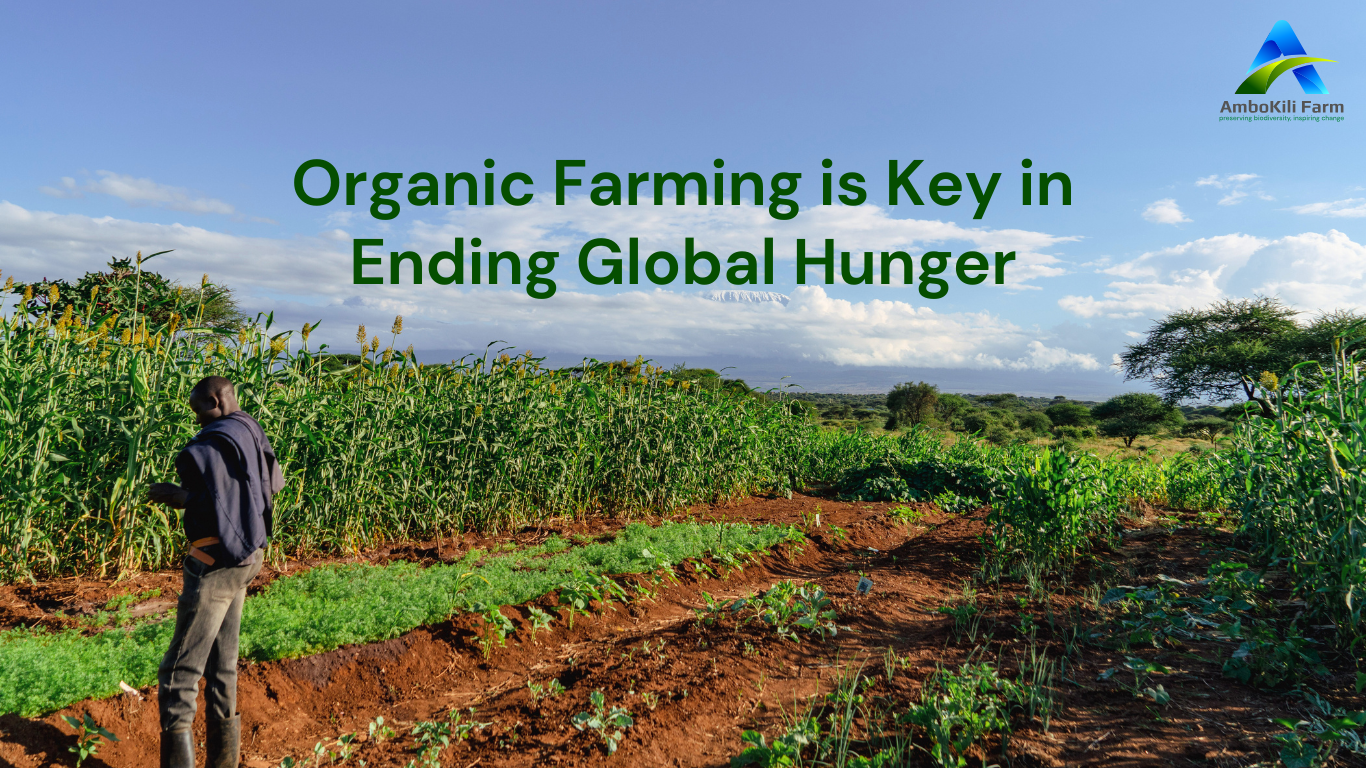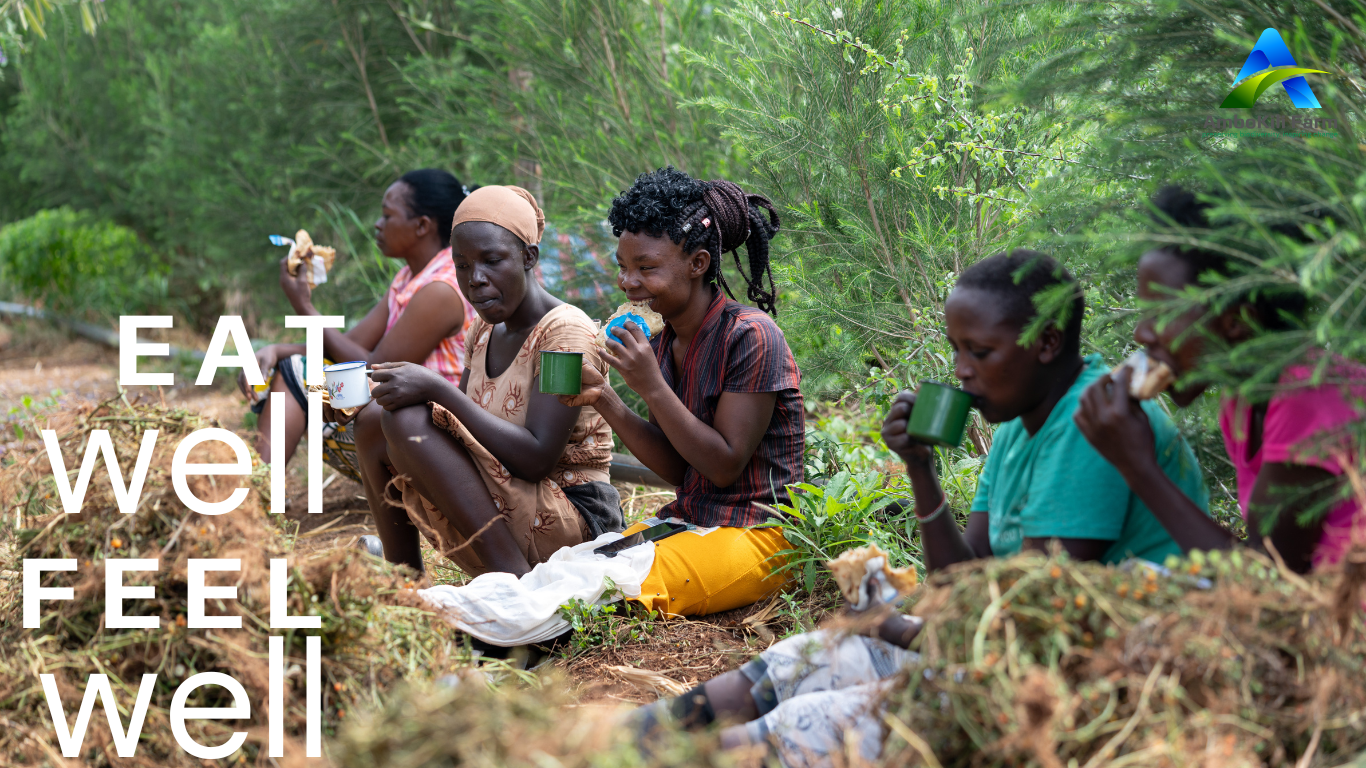
Industrial agriculture is the only way to feed our growing population—or is it? With over 9.7 billion people projected to inhabit the planet by 2050, the pressure to meet global food demands is skyrocketing. Yet, as we continue to push the boundaries of conventional farming, soil degradation, biodiversity loss, and climate change seem to be the inevitable byproducts. Enter regenerative farming—a buzzword in sustainable agriculture circles. But can it really provide the solution we need to sustain our growing population?
The Myth of "Feeding the World"
When most people think of feeding the world, they often envision large-scale monocultures of wheat, maize, and soy stretching for kilometres. This approach, lauded for its high yields, may appear efficient, but there’s a catch: Industrial farming isn’t feeding the world—it’s feeding livestock, biofuel industries, and ultra-processed foods. In fact, the UN Food and Agriculture Organization (FAO) reports that only a fraction of the calories produced globally are consumed directly by humans. What if there’s a more sustainable, more effective way to produce food that benefits both people and the planet?
This is where regenerative farming comes into play. But can it, with its smaller-scale operations and emphasis on biodiversity, outpace industrial behemoths in feeding the world?
Spoiler alert: The numbers might surprise you!
The Yield Paradox: Less Can Be More
One of the main arguments against regenerative farming is its supposedly lower yield. The common belief is that smaller, diversified farms can’t possibly match the high-output efficiency of conventional systems. But is this really the full picture?
Here’s the twist: While regenerative farms may produce less of a single crop, their total output often surpasses that of industrial monocultures. Picture this: a regenerative farm growing tomatoes, lettuce, and carrots together can produce the same, if not higher, volume of food per acre compared to a monoculture of just wheat or corn. A study from Nature found that polycultures (multiple crops grown together) yielded 108% more food per unit area compared to monocultures. That’s more food, with fewer inputs.
And it doesn’t stop at yield. Regenerative farming boosts soil health, enhances water retention, and sequesters more carbon, making it a triple win for food security, environmental sustainability, and climate resilience. Can industrial agriculture say the same?
The Hidden Costs of Industrial Farming
Let’s talk about what industrial farming isn’t telling you: the hidden costs. Fertilisers, pesticides, and heavy machinery might seem like a necessary evil to achieve high yields, but these practices have a dark side.
Did you know that modern agriculture is responsible for nearly 25% of global greenhouse gas emissions? Or that it depletes topsoil at a rate that could lead to severe agricultural collapse in just 60 years? These aren’t mere inconveniences; they’re existential threats.
Regenerative agriculture, on the other hand, works with nature rather than against it, rebuilding soil health and storing more carbon. Imagine a world where the land itself fights climate change while producing food. Sounds like a fantasy, doesn’t it? It’s already happening on thousands of regenerative farms worldwide like Ambokili Farm.
You might be wondering: even if regenerative farming can reduce emissions and build soil health, can it be scaled to feed billions?
Scale: The Achilles' Heel of Regenerative Farming?
It’s a valid concern. Regenerative farming’s strength lies in its locality and adaptability—each farm is uniquely tailored to its ecosystem. Scaling it globally, critics argue, is a logistical nightmare. After all, if every farmer is managing their plot differently, how can we achieve the efficiency needed to feed the world?
Yet, consider this: The world’s largest food producers—small-scale farmers—already use these principles. According to the United Nations, smallholder farms produce 70% of the world’s food on just 30% of its arable land. That’s efficiency! By supporting regenerative practices, we’re not introducing a new system but enhancing a time-tested one that has fed humans for millennia.
So, the question isn’t whether regenerative farming can scale—it’s whether we can scale it equitably and efficiently. Could a decentralised, resilient food system be the answer to our looming food crisis?
Feeding the World Isn’t Just About Yield
If you’re still not convinced, let’s zoom out. The issue of food security is not just about producing more; it’s about producing better. Today, the world produces more than enough food to feed everyone, yet over 735 million people go hungry. Why? Because of food waste, poor distribution, and a focus on export-driven monocultures rather than nourishing local communities.
Regenerative farming addresses these systemic issues by emphasising nutritional density, food sovereignty, and ecosystem health. Instead of focusing on calories per acre, it considers nutrients per acre. Instead of global exports, it prioritises local food systems. Imagine a world where communities thrive on locally grown, nutrient-rich food—where farmers are both stewards of the land and providers for their neighbours. That’s the potential of regenerative agriculture.
The Road Ahead: Changing the Food Narrative
It’s clear that regenerative farming challenges the status quo, but it’s not without its challenges. For regenerative agriculture to truly feed the world, we need policy shifts, consumer awareness, and investment in research and education. But here’s the exciting part: the movement is growing. From the Regenerative Organic Certification to major food companies pledging to transition their supply chains, the seeds of change are being sown.
So, can regenerative farming feed the world? The answer is yes—but not in the way we’ve been taught to think about “feeding the world.” It’s not about maximising yield at all costs; it’s about creating a food system that’s resilient, just, and ecologically sound.
The real question is: Are we ready to embrace it?
Stay tuned and look out for our next blog on regenerative farming that will consider:
- What is regenerative farming?
- What are regenerative farming practices?
- How does regenerative farming affect the environment? And,
- How you can start regenerative farming


